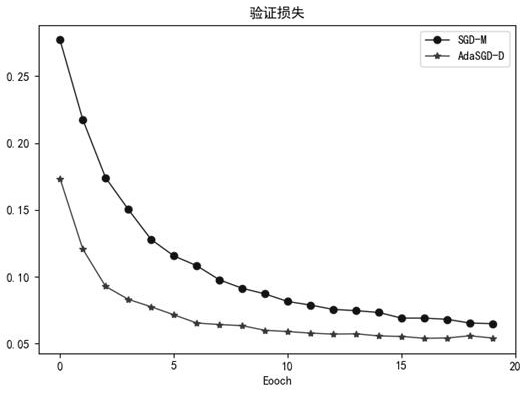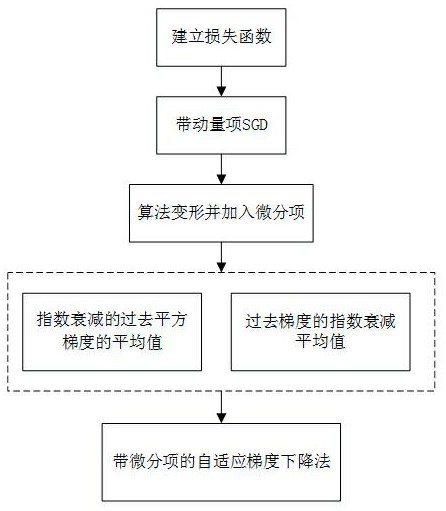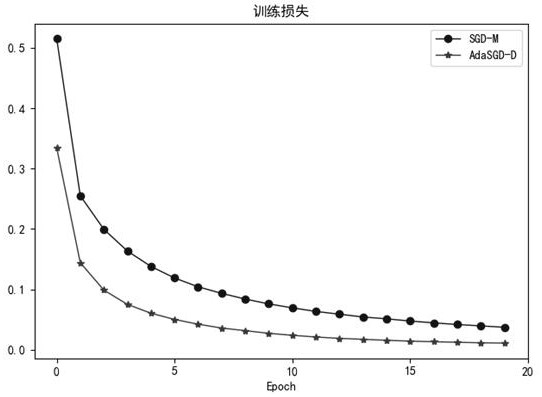Handwritten form recognition method based on self-adaptive band differential gradient optimization
A technology of gradient optimization and identification method, applied in the field of artificial intelligence, can solve the problems of speeding up the training rate and convergence rate, slow convergence rate, weight update lag, etc.
- Summary
- Abstract
- Description
- Claims
- Application Information
AI Technical Summary
Problems solved by technology
Method used
Image
Examples
Embodiment Construction
[0067] The present invention specifically comprises the following steps:
[0068] Step 1. Preprocessing of model parameters: Offline training of a single hidden layer BP neural network structure, where the number of input nodes is 13, that is, each sample has 13 feature expressions.
[0069] Step 2. Preprocess the scanned samples:
[0070] Preprocessing is a necessary stage before recognition, preprocessing of scanned handwritten character samples and positioning of characters in scanned images, cutting or segmentation, normalization, binarization, smoothing, de-drying, thinning and Generate samples; positioning and cutting means to process these image samples through algorithms, search for positioning marks on the paper image, and then read out the image at the specified position according to the size of the grid. Finally, a training sample set and a test sample set are generated.
[0071] Step 3. Input the sample set, extract the features of the sample set, perform classif...
PUM
 Login to View More
Login to View More Abstract
Description
Claims
Application Information
 Login to View More
Login to View More - R&D
- Intellectual Property
- Life Sciences
- Materials
- Tech Scout
- Unparalleled Data Quality
- Higher Quality Content
- 60% Fewer Hallucinations
Browse by: Latest US Patents, China's latest patents, Technical Efficacy Thesaurus, Application Domain, Technology Topic, Popular Technical Reports.
© 2025 PatSnap. All rights reserved.Legal|Privacy policy|Modern Slavery Act Transparency Statement|Sitemap|About US| Contact US: help@patsnap.com



